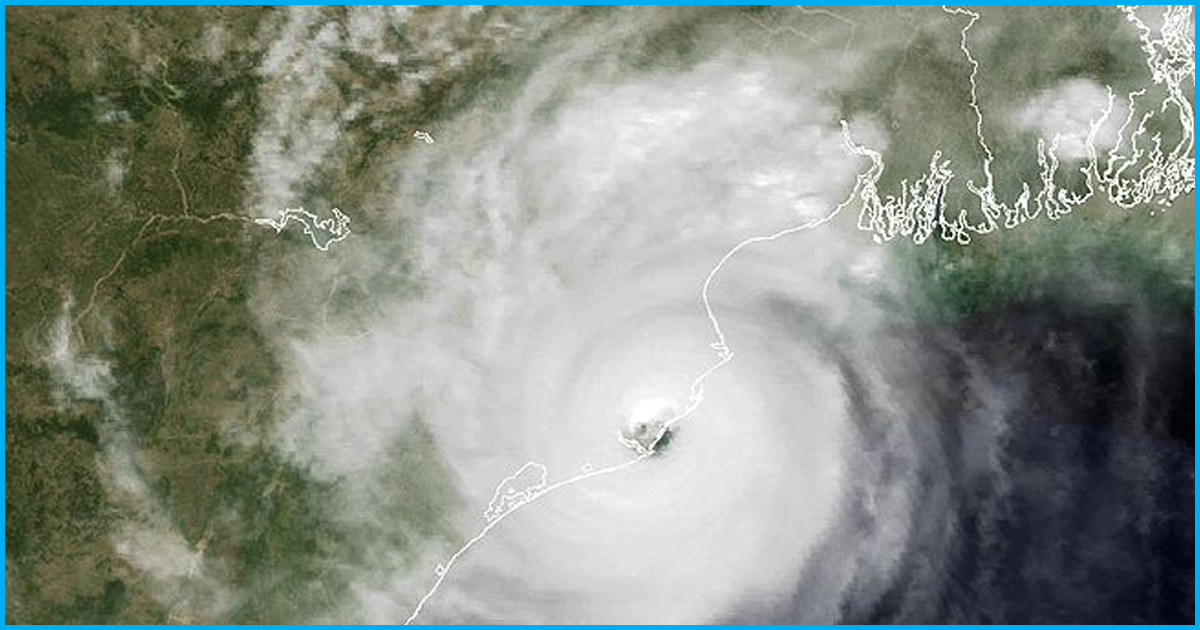
Gaja, Titli, Ockhi; Know How Tropical Storms Are Named
16 Nov 2018 9:45 AM GMT
Cyclonic storm Gaja crossed the coasts of Tamil Nadu and Puducherry in the early hours of November 16. Reportedly, Tamil Nadu has been put on high alert with many districts declaring a holiday for school and colleges on Friday. Moreover, as a safety measure, 76,000 people have been evacuated.
According to The Indian Express, the severe cyclonic storm has claimed 11 lives in Tamil Nadu and Chief Minister Palaniswami has also announced an ex gratia payment of Rs 10 Lakh to the kin of the deceased.
A little over a month ago in October, Cyclone Titli caused severe damage in Odisha and Andhra Pradesh. Seventy people were killed during Cyclone Titli. Before that, in 2017, Cyclone Ockhi had hit coastal areas in Kerala, Tamil Nadu which also wreaked havoc. Every year, different states in India prepare for an impending cyclonic storm but ever wondered how they get these unique names?
How names are chosen
For easier communication between the forecasters and the general public, the World Meteorological Organisation (WMO) and the United Nations Economic and Social Commission for Asia and the Pacific (ESCAP) started the practice of naming tropical cyclones in the year 2000.
The tropical storms across the world are named by 9 regions — North Atlantic, Eastern North Pacific, Central North Pacific, Western North Pacific, South West Indian Ocean, Australian, Southern Pacific, South Atlantic, North Indian Ocean.
All tropical storms are formed due to low-pressure systems which become depressions and then intensify into cyclones. However, in the Indian Ocean and South Pacific region they are referred to as cyclones whereas, in Northeast Pacific and North Atlantic Ocean, they are called hurricanes. Typhoon is the appropriate term in the Northwest Pacific Ocean region.
Reportedly, once a tropical storm attains maximum sustained wind speed of 119 km/h (74 miles per hour), then they are referred to as cyclone, hurricane or typhoon depending on their place of origin.
Cyclones in the South East Asia region are named by different nations who fall within the geographical ambit. For example, Gaja, the Sanskrit word for elephant, was named by Sri Lanka, whereas, Pakistan named Titli. The naming of the tropical cyclones over the north Indian Ocean started from September 2004.
Reportedly, Bangladesh, India, Pakistan, Sri Lanks, The Maldives, Oman, Thailand and Myanmar have submitted eight names each. In the event of a storm in the Arabian Sea or the Bay Of Bengal, the Regional Specialized Meteorological Centre picks a name from the list.
The history behind naming cyclones
During World War II, the US Army Air Corp and Navy meteorologists would name cyclonic storms after names of women, usually their spouses. Between 1950 to 1952 names in the North Atlantic Ocean were identified by the phonetic alphabet. However, in 1953, the US Weather Bureau chose women’s names. In 1979, the World Meteorological Organization and the US National Weather Service started to include men’s names as well.
Also Read: Cyclone Titli Kills Eight In Andhra Pradesh & 1 In Odisha, Causes Extensive Damage
 All section
All section













